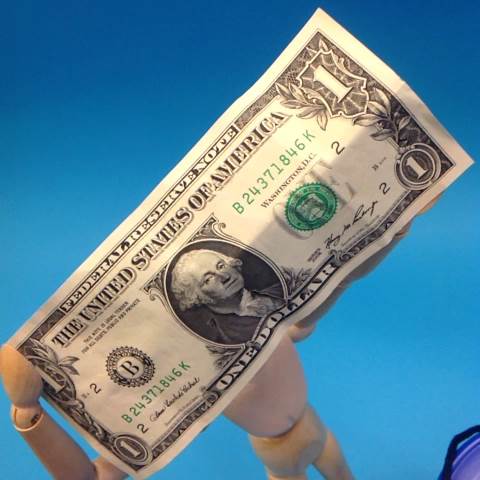 The U.S. dollar fell against its major trading partners on Wednesday afternoon and continued its slide into Thursday’s Asian trading session after U.S. Federal Reserve Chairman Jerome Powell announced an interest rate cut of 25 basis points to between 1.50 percent and 1.75 percent. The U.S. dollar index was down 0.28 percent as of 2:32 p.m. HK/SIN, trading at 97.38, while the greenback eased 0.14 percent against the yen to 108.68. The decline came not just from the interest rate cut, but from the Fed’s language which did not confirm that the central bank is completely done with its monetary easing campaign.
The U.S. dollar fell against its major trading partners on Wednesday afternoon and continued its slide into Thursday’s Asian trading session after U.S. Federal Reserve Chairman Jerome Powell announced an interest rate cut of 25 basis points to between 1.50 percent and 1.75 percent. The U.S. dollar index was down 0.28 percent as of 2:32 p.m. HK/SIN, trading at 97.38, while the greenback eased 0.14 percent against the yen to 108.68. The decline came not just from the interest rate cut, but from the Fed’s language which did not confirm that the central bank is completely done with its monetary easing campaign.
Powell stressed that “consumers are doing well” and highlighted the strong jobs market and rising incomes as factors that can prevent the U.S. economy from crashing. Gross domestic product increased at a 1.9 percent annualized rate in Q3 2019, beating analyst expectations for a 1.6 percent growth, the government announced on Wednesday. Despite beating expectations, the growth was still a full percent below Q1 growth.
The Bank of Japan also released a policy statement that was in-line with analyst expectations, keeping its ultra-easy monetary policy firmly in place, but adjusting its forward guidance to a clearer signal for another interest rate cut. Additional details will be released later on Thursday when BOJ Governor Haruhiko Kuroda gives a press conference focusing on his assessment of the global and local risks economic risks stemming from the U.S.-Sino trade war and the Brexit.
U.S. stock indexes closed higher on Wednesday though the central bank announcements failed to push all Asian benchmarks higher. Japan’s Nikkei 225 continued the climb it began on Wednesday, trading up 0.37 percent in the mid-afternoon. Hong Kong’s Hang Seng Index was up 0.78 percent, while South Korea’s Kospi gained 0.25 percent. China’s benchmark indexes were both trading lower, remaining under pressure as the U.S. and China continue to hammer out the details of Phase 1 of the trade agreement.
